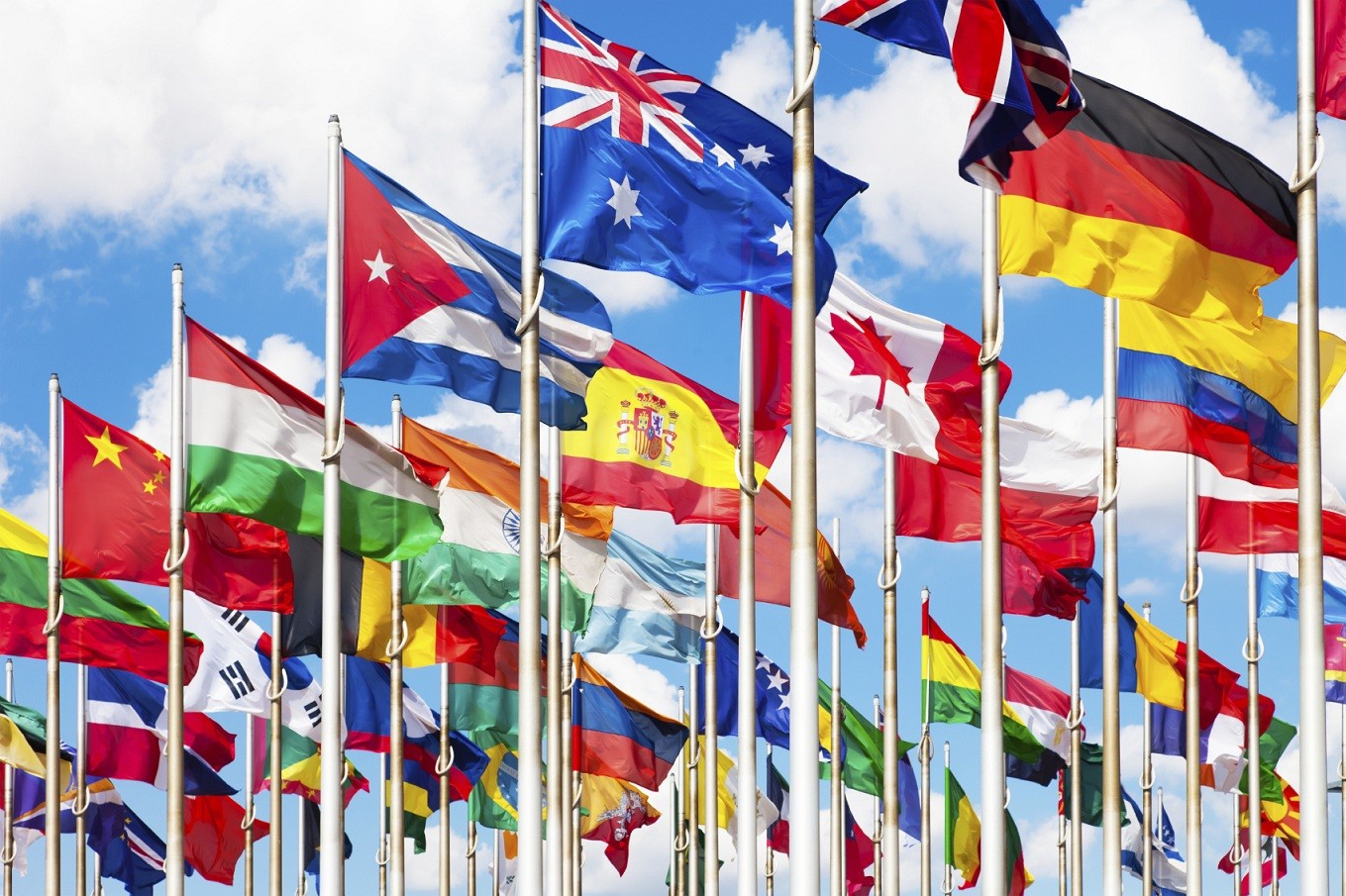The subject of inequality appears throughout the 2030 Agenda for Sustainable Development, both directly and indirectly. When examined across the four different angles of inequality?access, gender, opportunity and outcomes?many goals and targets of the Sustainable Development Goals are clearly linked to inequality.
SDG #8: Decent work and economic growth
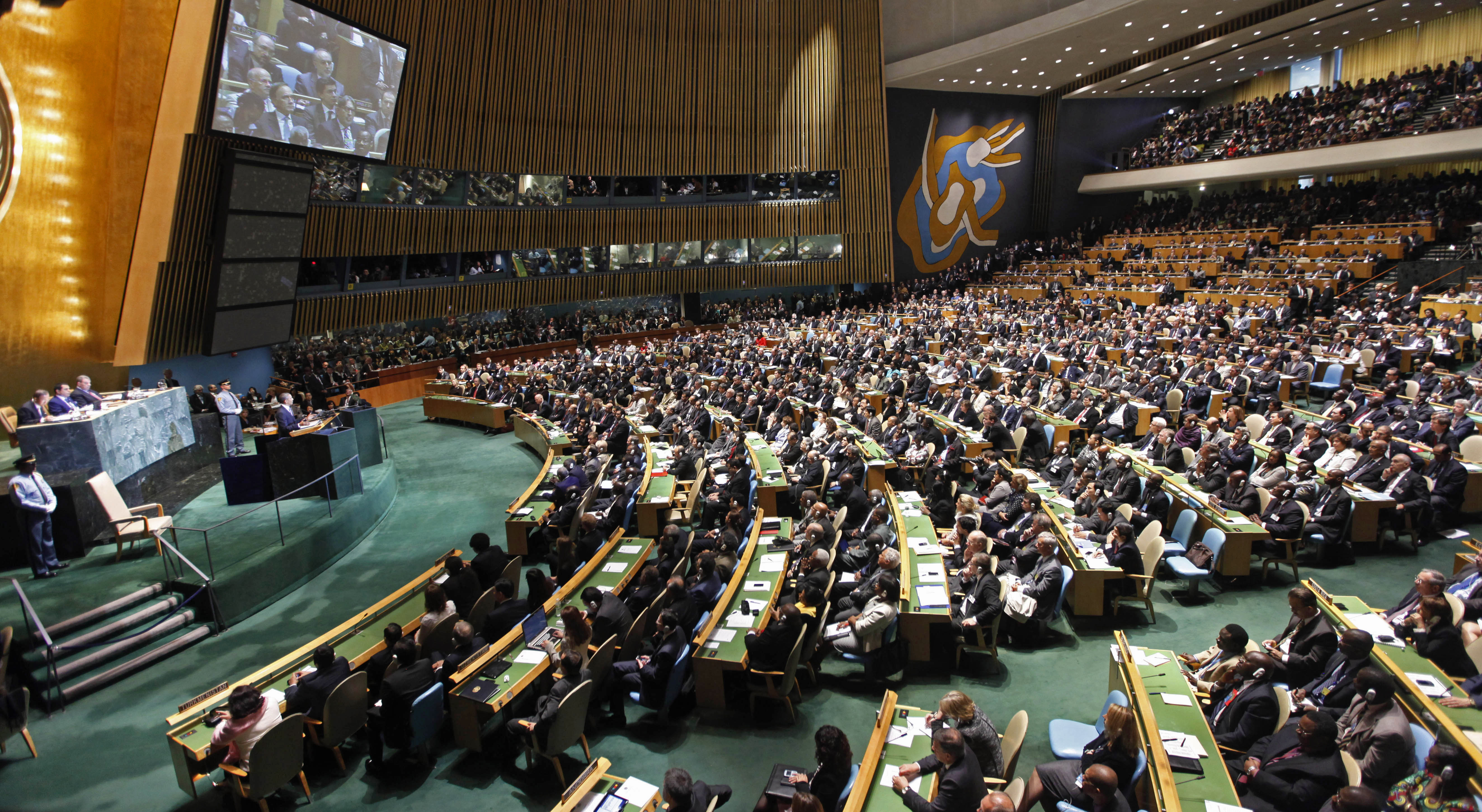
The understanding of inequality has evolved from the traditional outcome-oriented view, whereby income is used as a proxy for well-being. The opportunity-oriented perspective acknowledges that circumstances of birth are essential to life outcomes and that equality of opportunity requires a fair starting point for all.
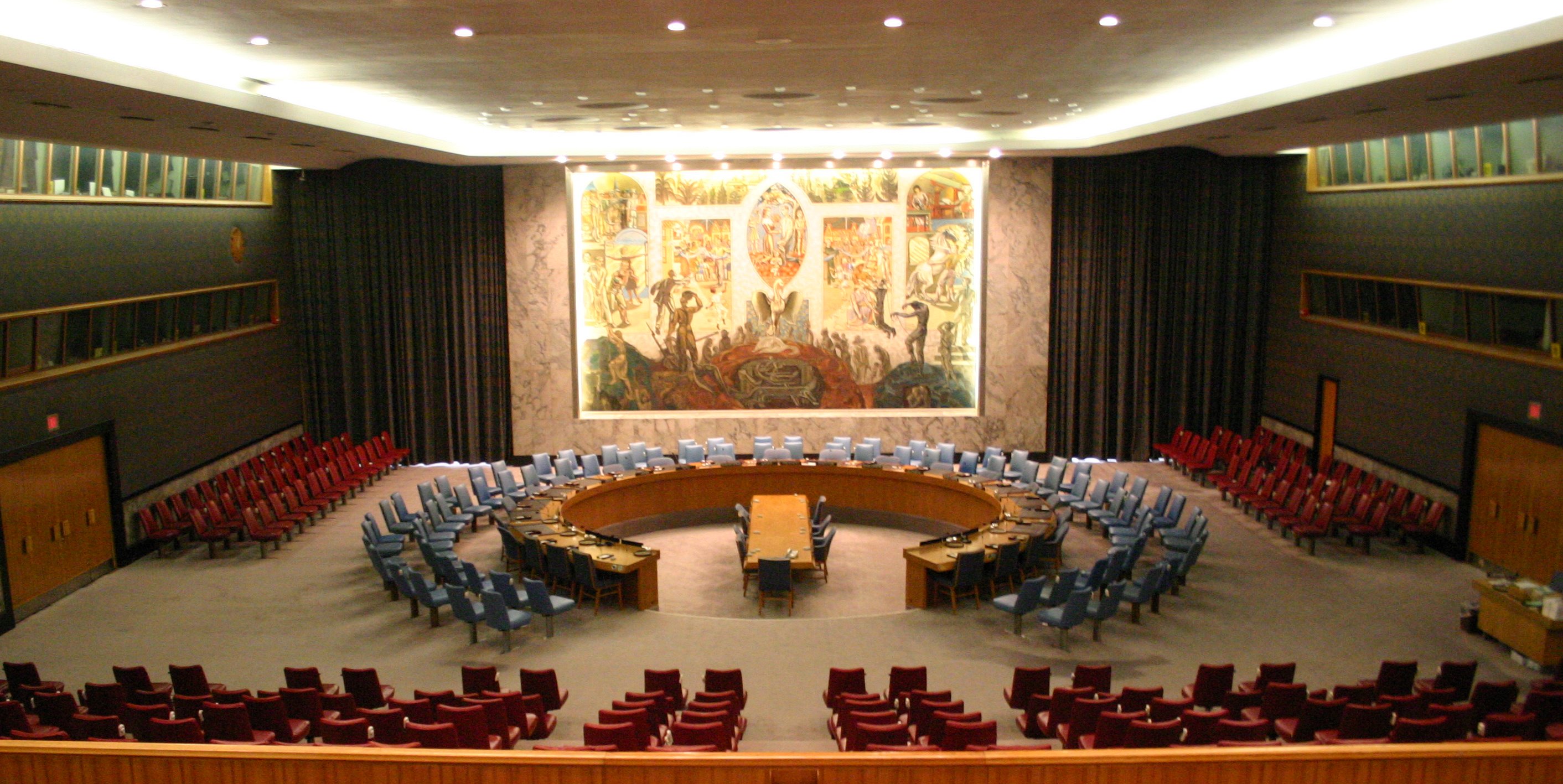
Measuring poverty with a single income or expenditure measure is an imperfect way to understand the deprivations of the poor since, for example, markets for basic needs and public goods may not exist. Complementing monetary with non-monetary information provides a more complete picture of poverty.
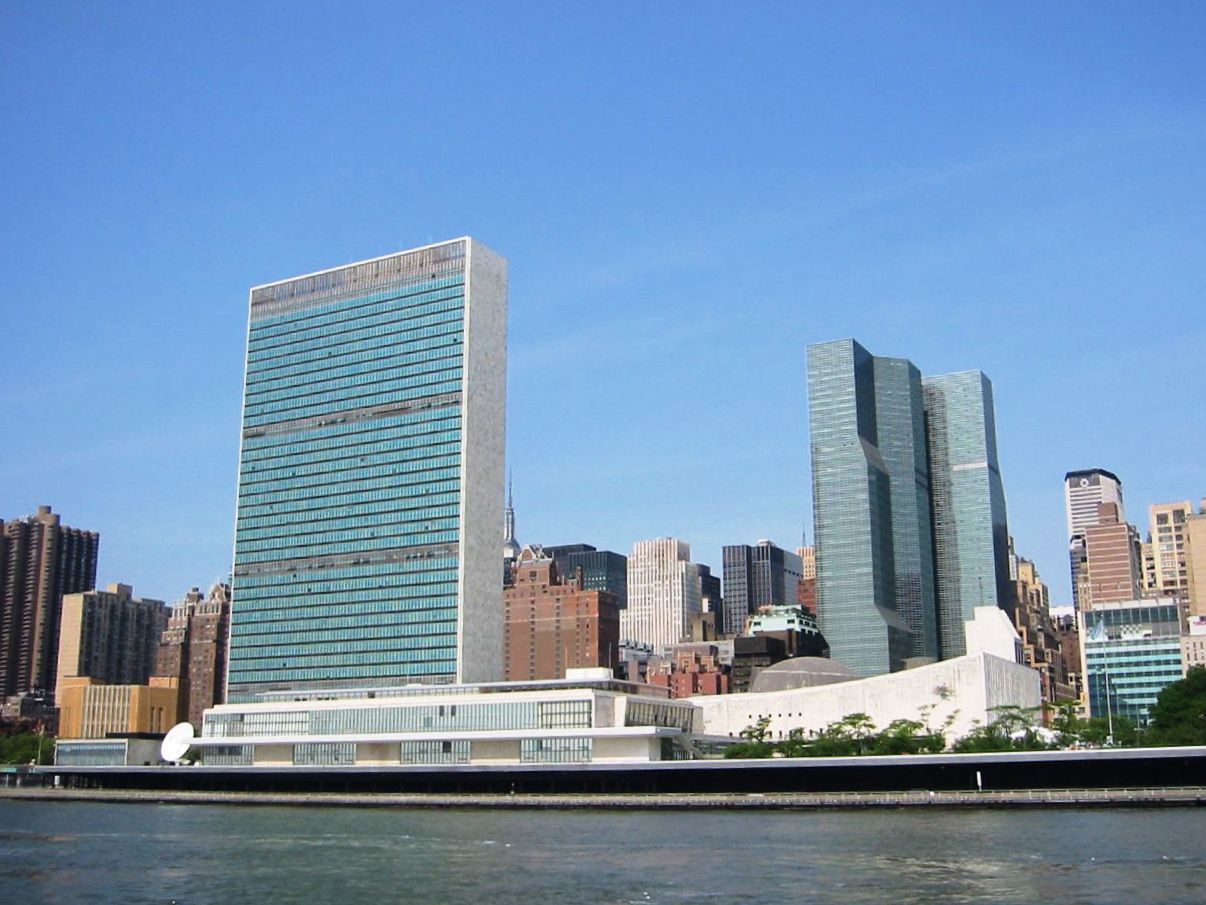
There are many measures of inequality that, when combined, provide nuance and depth to our understanding of how income is distributed. Choosing which measure to use requires understanding the strengths and weaknesses of each, and how they can complement each other to provide a complete picture.
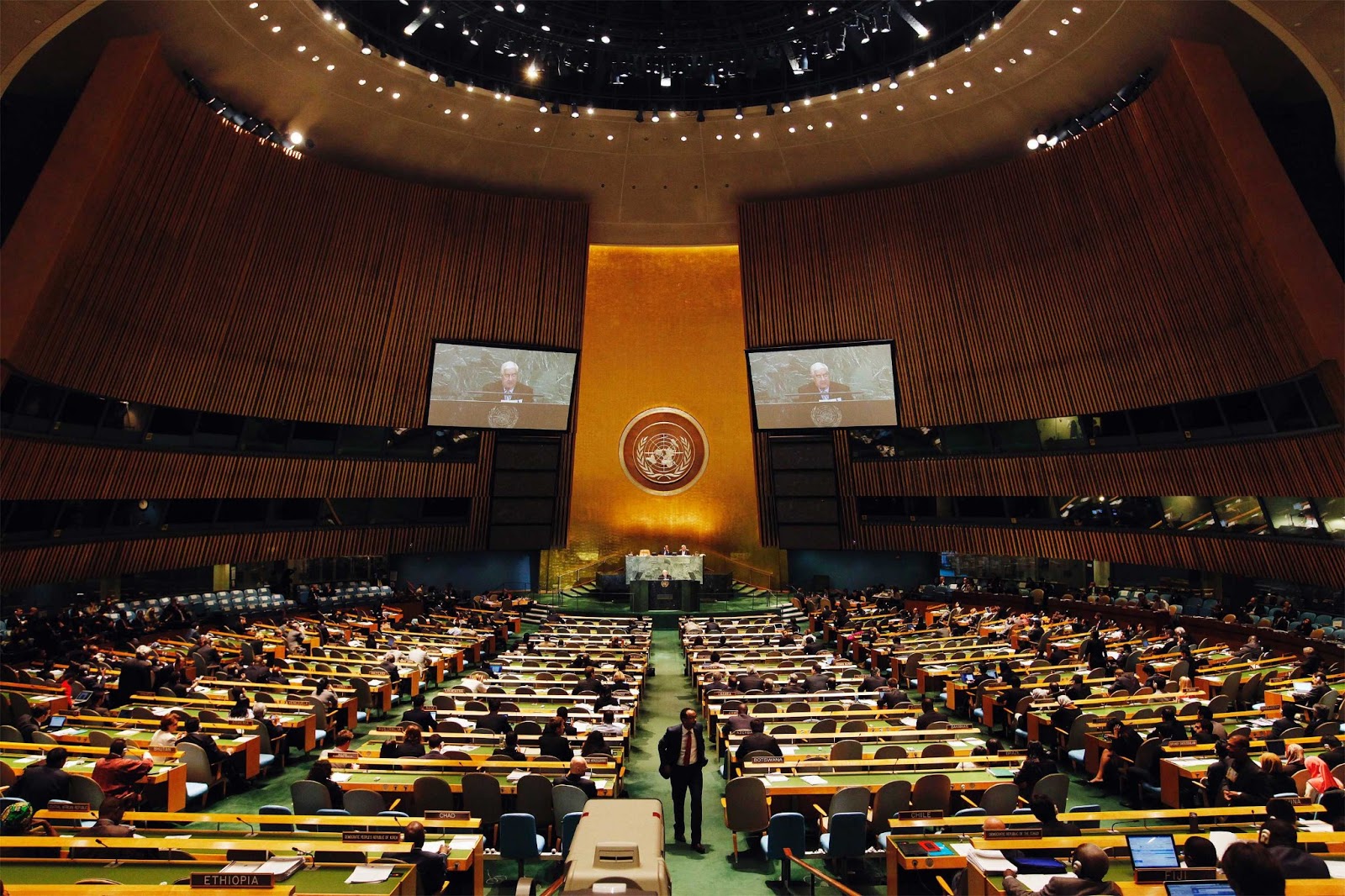
The DESA Expert Group Meeting on the World Economy was held from 21-23 October 2015 at the UN Headquarters in New York. More than seventy economists from all over the world participated in discussions on the current state of the world economy, regional outlook, world commodity markets and global modelling and econometrics.
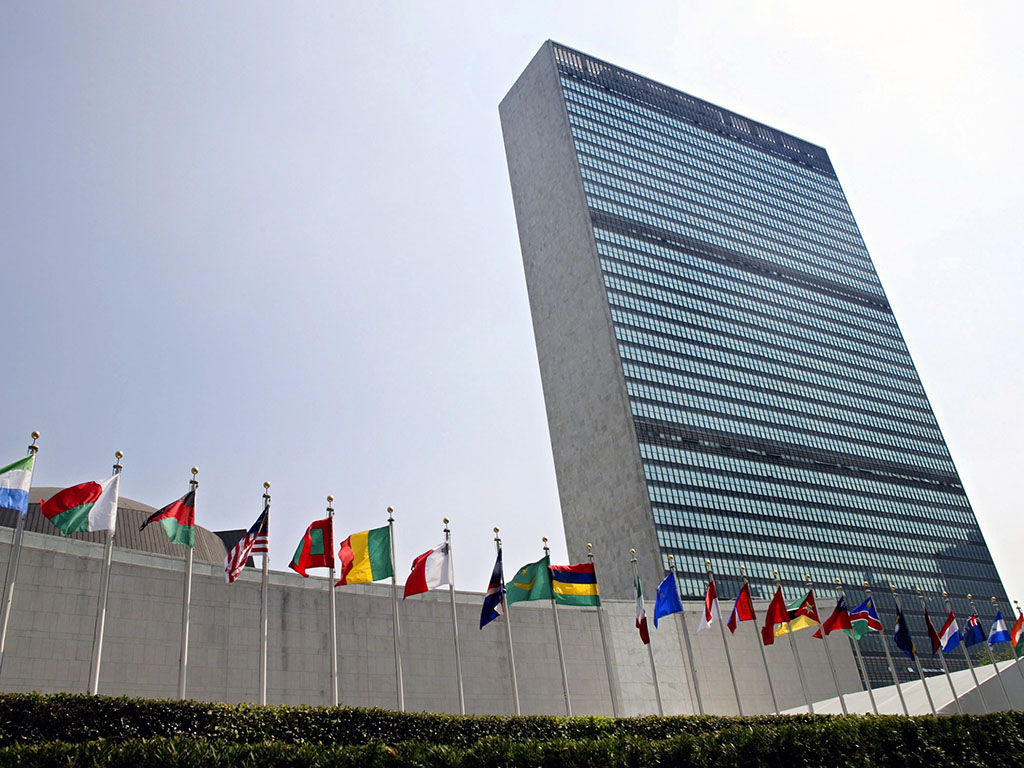
14 September 2015 Summary
Volatility soars in global financial markets
Concerns over China's economy are mounting
Stronger-than-expected GDP growth in the U.S., while economic growth slo

The 2015 Report of the MDG Gap Task Force was launched today in New York by Secretary-General Ban Ki-moon, Under-Secretary-General for Economic and Social Affairs Wu Hongbo and UNDP Administrator Helen Clark. The Task Force was created in 2007 to monitor Millennium Development Goal 8, Global Partnership for Development, specifically its five core domains, official development assistance (ODA), market access (trade), debt sustainability, access to affordable essential medicines and access to new technologies. This year marks the last of the series of this monitoring process with a closing report tracking 15 years of progress. As has been reported, there have been significant positive developments pointing to an effective international partnership in the five domains, but several deficits in development cooperation have continuously highlighted the need for a rejuvenation of the global partnership for development.

The 2015 Report of the MDG Gap Task Force was launched today in New York by Secretary-General Ban Ki-moon, Under-Secretary-General for Economic and Social Affairs Wu Hongbo and UNDP Administrator Helen Clark. The Task Force was created in 2007 to monitor Millennium Development Goal 8, Global Partnership for Development, specifically its five core domains, official development assistance (ODA), market access (trade), debt sustainability, access to affordable essential medicines and access to new technologies. This year marks the last of the series of this monitoring process with a closing report tracking 15 years of progress. As has been reported, there have been significant positive developments pointing to an effective international partnership in the five domains, but several deficits in development cooperation have continuously highlighted the need for a rejuvenation of the global partnership for development.

The 2015 Report of the MDG Gap Task Force was launched today in New York by Secretary-General Ban Ki-moon, Under-Secretary-General for Economic and Social Affairs Wu Hongbo and UNDP Administrator Helen Clark. The Task Force was created in 2007 to monitor Millennium Development Goal 8, Global Partnership for Development, specifically its five core domains, official development assistance (ODA), market access (trade), debt sustainability, access to affordable essential medicines and access to new technologies. This year marks the last of the series of this monitoring process with a closing report tracking 15 years of progress. As has been reported, there have been significant positive developments pointing to an effective international partnership in the five domains, but several deficits in development cooperation have continuously highlighted the need for a rejuvenation of the global partnership for development.
 Welcome to the United Nations
Welcome to the United Nations
